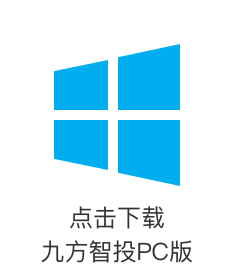Zhejiang Dingli’s (Dingli) EBIT in 3Q24 grew 20% YoY to RMB672mn, driven by a 38% revenue growth (YoY) that offset the 4.8ppt YoY decrease in gross margin due mainly to an exceptional high base in 3Q23. Reported net profit grew 38% YoY to RMB636mn, helped by an increase in net finance income (FX gains). The results suggest Dingli’s strong execution in expanding overseas. In the post- results call, management reiterated the strategy to focus on the US market, where outlook will remain the most promising in 2025E. In the near term, the anti- dumping (AD) results in the US (preliminary duties: down to 9.33% from 31.54%) and EU (from nil to 31.3%) could be released over the coming 1-2 months, which should help remove the overhang. We have left our earnings forecast unchanged. Maintain BUY with an unchanged TP of RMB75 (18x 2024E P/E, 1SD below the historical average of 31x).
Full consolidation of CMEC in 3Q24. This is the first quarter with full contribution after the consolidation of CMEC, the major US subsidiary. Based on our understanding, revenue in the US was ~RMB1bn in 3Q24, with an estimated net margin of ~10%.
US sales target unchanged. Dingli maintains the revenue target of US$500mn (~RMB3.5bn) in 2024E for the US market, which implies ~RMB600mn potential sales in 4Q24E. Dingli believes that the incremental impact of a potential increase in tariffs in the case of Trump presidency should be manageable, as the reduction of anti-dumping duties could mitigate the impact.
Boom lift target overseas. Dingli targets to deliver a total of 6k units of boom lifts overseas, including 2k units in the US (target unchanged). Overseas revenue from boom lifts will likely exceed scissors lifts for the full year, per our estimate.
Product differentiation to mitigate the impact of AD duties in EU. Dingli expects sales in Europe will be relatively stable this year. Dingli will continue to offer differentiated products to increase pricing power, which will enable it to partially pass through the AD duties to the downstream.
Key risks: (1) Further intensified competition in China’s AWP market; (2) a slowdown of overseas demand; and (3) higher-than-expected anti-dumping duties in the US and EU.













